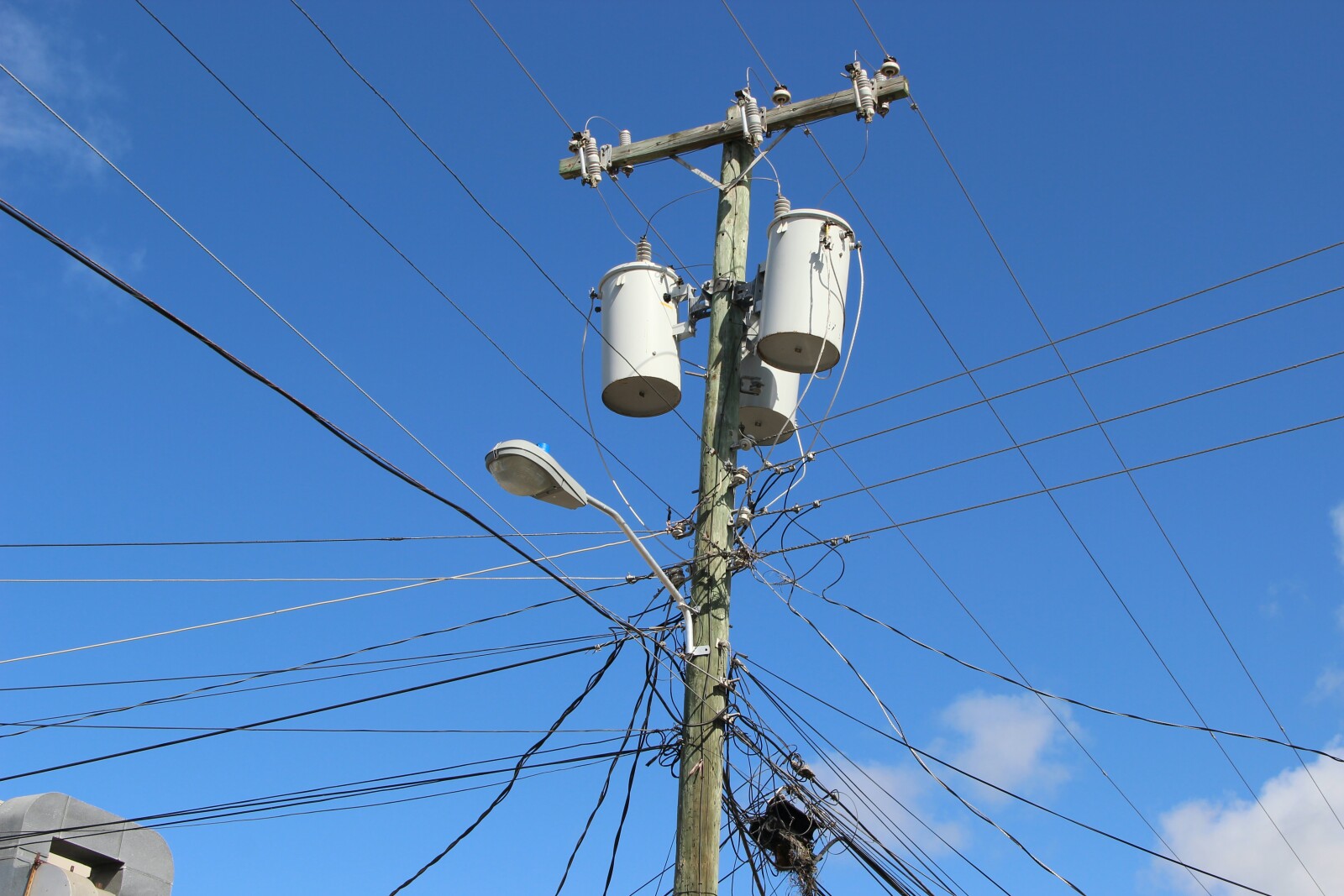Shocking Truths: Deadly Electrical Accidents Exposed
This article illuminates the alarming reality and potential consequences of electrical accidents. Highlighting critical safety precautions for DIY electrical work, it explores the types of injuries and their severity. Further, it delves into the intricate legal aspects of liability and the evaluation of damages in lawsuits. The piece underscores the importance of safety and awareness, aiming to prevent such incidents and provide insights into the legal recourse available for victims.

Key Takeaways
- Electrical accidents result in approximately 1,000 deaths and 30,000 non-fatal electric shock incidents each year.
- High voltage electrical injuries cause around 400 deaths annually, while lightning causes 50-300 deaths.
- Flash injuries, flame injuries, lightning injuries, and true electrical injuries are the different types of electrical injuries.
- Safety precautions for DIY electrical repairs include hiring a qualified electrician, learning about your home electrical system, and turning off the power before working on a circuit.
The Alarming Reality of Electrical Injury Statistics
While the prevalence of electrical injuries is widely underestimated, the alarming reality is that approximately 1,000 people die annually due to such accidents, further emphasizing the critical need for safety precautions and regulations. Preventive measures for reducing electrical injuries should be adopted universally. These include the use of insulating protective equipment, adhering to safety procedures while handling electrical appliances, and regular maintenance and inspection of electrical systems. Furthermore, raising awareness about electrical safety in the workplace is a crucial aspect of preventing these incidents. Mandatory training programs, regular safety audits, and a robust safety culture can significantly reduce the risk of electrical injuries. Therefore, prioritizing safety and prevention strategies is essential in mitigating this underestimated public health issue.
Understanding Different Types of Electrical Injuries
In the realm of electrical injuries, there are multiple types to understand, each with its unique characteristics and potential for harm, and these include flash, flame, lightning, and true electrical injuries. Flash injuries are generally superficial burns caused by an electrical arc, while flame injuries occur when arc flashes ignite clothing. Lightning injuries involve the entirety of the body, as the victim becomes a conduit for the electrical charge. True electrical injuries occur when an individual becomes part of an electrical circuit. Common causes of electrical accidents often involve DIY activities without proper safety measures. Electrical injury prevention tips include understanding your home's electrical system, never attempting repairs beyond your skill level, and always ensuring power is off before starting work.
The Hidden Dangers of DIY Electrical Repairs
Undeniably, the hidden dangers of DIY electrical repairs pose a significant risk to amateurs, often leading to serious injuries and, in extreme cases, fatalities. Common mistakes in DIY electrical repairs include misjudging the complexity of the task, improper use of tools, and neglecting safety measures such as turning off the circuit. These mistakes underscore the importance of professional electricians, who possess the necessary experience, training, and understanding of safety protocols. Professionals are equipped to handle not only the technical aspects but also the inherent dangers of electrical work. By bypassing professional help, DIY enthusiasts risk severe consequences, from property damage to personal injury. Hence, it is crucial to recognize the potential pitfalls of untrained electrical work and the indispensable role of professional electricians.
Essential Safety Precautions for DIY Electrical Work
Given that the risk of electrical accidents is significantly high, it is absolutely critical to adhere to essential safety precautions when undertaking DIY electrical work. Understanding common causes of electrical accidents is the first step towards prevention. Overloading outlets, using faulty or damaged equipment, and poor wiring are often to blame. Electrical safety tips to mitigate these risks include using a circuit breaker, inspecting tools for damage, and ensuring proper grounding. Always disconnect power before working on any electrical device. Wear protective gear and use insulated tools to prevent shocks. Remember, electrical work is not a place for guesswork; if unsure, always consult a professional. Safety should always be the priority in any DIY electrical project.
Decoding the Legal Aspect: Liability for Electrical Injuries
With regards to the legal implications, understanding liability for electrical injuries is a critical aspect in the event of accidents involving electrical components. Liability often hinges on negligence, demonstrating that a party failed to exercise reasonable care, thus causing the injury. In these cases, the importance of expert testimony cannot be overstated. Experts can provide insight into the technical aspects, illuminating how an accident occurred and who bears responsibility.
Common defenses in electrical injury lawsuits often focus on contributory negligence, arguing that the injured party's actions contributed to the incident. For instance, if safety precautions were ignored or unqualified individuals performed electrical work. This defense underscores the imperative of safety awareness and adherence, reinforcing the need for education and caution in handling electrical components.
Case Analysis: Learning From Past Electrical Injury Lawsuits
In our review of past electrical injury lawsuits, we can extract valuable insights and learn lessons that can help prevent future incidents and guide legal proceedings. Through electrical injury case studies, we identify the common causes of electrical accidents, such as inadequate safety measures, failure to follow standard procedures, and lack of proper training. These case studies also underscore the importance of adhering to safety regulations and the use of personal protective equipment. They highlight, too, that employers have a responsibility to ensure a safe working environment. By understanding these factors, it is possible to develop strategies to prevent similar occurrences in the future, thereby enhancing safety standards and minimizing the risk of electrical injuries.
The Process of Filing a Workers Compensation Claim for Electrical Injuries
Every single worker who experiences an electrical injury on the job has the right to file a workers compensation claim, and it is essential to understand the process to ensure proper compensation for their losses. The filing process commences with immediate reporting of the incident to the employer, followed by seeking immediate medical attention. Documentation is crucial, including medical records and any evidence of the accident. The next step is to complete the relevant claim forms provided by the employer or the workers compensation board. Deadlines are crucial in the filing process, hence the need for prompt action. Workers should also consider consulting a lawyer to ensure their rights are protected throughout the workers compensation claim process.
What Constitutes Negligence in Electrical Injury Cases
A significant proportion of electrical injury cases hinge on the plaintiff's ability to demonstrate that the defendant's negligence directly resulted in their injury. Negligence in these cases typically involves a disregard for safety protocols, leading to preventable electrical accidents. Common causes of electrical injuries include faulty wiring, inadequate safety measures, and lack of proper maintenance. The plaintiff must provide evidence that the defendant failed to exercise reasonable care, thus creating an unsafe environment. This could involve failing to provide appropriate protective equipment, neglecting regular safety inspections, or not adhering to industry standards. Understanding these factors is crucial in both establishing liability in electrical injury cases and in formulating effective strategies for preventing electrical accidents in future.
Evaluating the Damages in an Electrical Injury or Electrocution Lawsuit
While determining the monetary value of damages in an electrical injury or electrocution lawsuit can be challenging, it is essential for providing just compensation to the victim for their physical, emotional, and financial sufferings. Understanding the medical implications of electrical injuries requires rigorous examination of the degree of trauma, long-term health impacts, and required medical interventions. Similarly, evaluating the long-term effects of electrical accidents encompasses considerations of ongoing rehabilitation, potential for employment loss, and psychological distress. Furthermore, damages must reflect the safety negligence leading to the incident. In essence, comprehensive and technical evaluation of the injury, in light of safety standards, is crucial to ensure rightful compensation for the victim's multifaceted ordeal.
Economic Vs Non-Economic Damages: What’s the Difference
In the realm of personal injury lawsuits, understanding the distinction between economic and non-economic damages is crucial for accurately assessing the financial impact of electrical injuries on the victim. Economic damages refer to quantifiable monetary losses, including medical bills, rehabilitation costs, and lost wages. However, non-economic consequences, though not directly quantifiable, can be just as impactful. They encompass factors such as pain and suffering, mental anguish, and loss of enjoyment of life. These damages often have profound long-term effects on the victim's quality of life. In a litigation context, a comprehensive evaluation of both economic and non-economic damages ensures a fair representation of the total harm endured by the victim, leading to a more equitable compensation.
The Role of Punitive Damages in Electrical Injury Lawsuits
The role of punitive damages in electrical injury lawsuits serves as a critical deterrent, discouraging gross negligence and intentional misconduct in matters of electrical safety and compliance. Punitive damages, over and above compensatory damages, are designed to punish egregious behavior and deter others from similar conduct. These damages play a vital role in holding entities accountable for the impact of electrical accidents on victims' lives. Electrical injuries can result in severe physical and psychological trauma, including burns, nerve damage, cardiac arrest, and post-traumatic stress disorder. This not only causes immense suffering to the victims but burdens them with substantial medical costs. Punitive damages, therefore, serve both as a tool for justice for the victims and a stern warning to others about the dire consequences of disregarding electrical safety protocols.
Maximizing Compensation in Personal Injury Lawsuits: A Closer Look
Victims of electrical injuries often face high medical costs and loss of income, but with appropriate legal strategies, they can maximize compensation in personal injury lawsuits. Central to this is understanding and preventing electrical accidents. Most electrical injuries occur due to contact with power lines, faulty electrical appliances, or DIY electrical repairs. Knowledge of common causes of electrical injuries is crucial. It helps in ascertaining negligence and duty of care, key considerations in lawsuits. Electrical safety measures, such as using certified electrical appliances and safe work practices, can significantly mitigate risks. In the unfortunate event of electrical injuries, victims should promptly seek legal counsel. With a robust legal strategy, they can secure compensations covering economic and non-economic damages, helping them navigate through these trying times.
Frequently Asked Questions
What Are the Most Common Causes of Electrical Accidents in the Home?
Common causes of electrical accidents in homes often stem from faulty wiring, overloaded circuits, and the misuse of electrical appliances. In relation to child safety, accidents can occur from children inserting objects into outlets or chewing on electrical cords. Regular home inspections can identify potential hazards, such as outdated wiring or malfunctioning electrical systems. It is crucial to adhere to safety guidelines to prevent accidents and maintain a safe environment.
Are There Any Specific Industries or Professions That Are at a Higher Risk for Electrical Injuries?
Through Occupational Hazards Analysis and Risk Assessment Techniques, it's evident that certain professions are at a higher risk for electrical injuries. These encompass electricians, construction workers, and utility workers due to their direct interaction with electrical systems. Additionally, professionals in the manufacturing and agricultural sectors face increased risk due to frequent use of high-voltage machinery. Therefore, safety protocols and training are crucial in these industries to prevent electrical accidents.
Are There Any Preventative Measures or Safety Devices That Can Minimize the Risk of Electrical Injuries?
Preventative measures to minimize the risk of electrical injuries include comprehensive Electrical Safety Training for all employees, particularly those in high-risk occupations. This training should cover proper handling of electrical equipment, emergency response, and regular safety audits. Additionally, childproofing electrical outlets at home and in public spaces is crucial to protect children from electrical accidents. Installing tamper-resistant receptacles or safety covers can effectively reduce the risk of electrical shock in children.
How Do First Responders and Medical Professionals Typically Treat Severe Electrical Injuries?
Severe electrical injuries often necessitate immediate and specialized treatment. Electric Shock Survival involves rapid response, including CPR if needed. Electrical Burn Treatment involves cleaning burns, preventing infection, and possibly, surgical intervention. Medical professionals carefully monitor cardiac activity due to potential arrhythmias. It's vital to assess for internal injuries, as electrical current can damage organs and tissues, not just skin. Immediate and ongoing psychological support may also be necessary due to the traumatic nature of such injuries.
What Resources Are Available for Individuals and Families Affected by Severe Electrical Injuries or Fatalities?
Resources for those affected by severe electrical injuries or fatalities include emotional support services like counseling and therapy to help with emotional coping strategies. Additionally, legal assistance options are available to help individuals understand their rights and navigate potential compensation claims. These resources can provide critical support during a challenging time, enabling individuals and families to focus on recovery and healing while also addressing any legal issues stemming from the incident.
Conclusion
In conclusion, electrical accidents present serious health risks and potential legal implications. Despite the allure of DIY electrical repairs, the associated dangers underscore the necessity of professional intervention. The complexities of electrical injury lawsuits and the assessment of economic, non-economic, and punitive damages necessitate an adept understanding of the law. Ensuring electrical safety is a collective responsibility aimed at minimizing these deadly incidents and fostering a safer environment.

This post has been generated by AI and was not reviewed by editors. This is Not legal advice. Please consult with an attorney.




